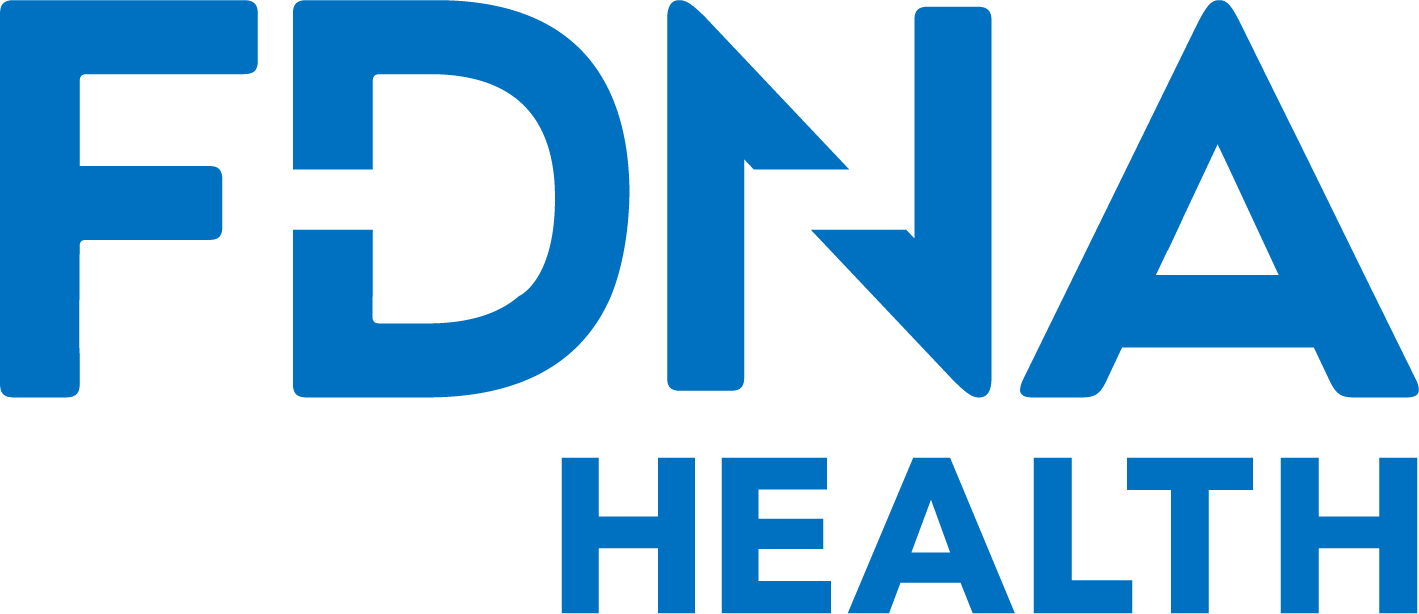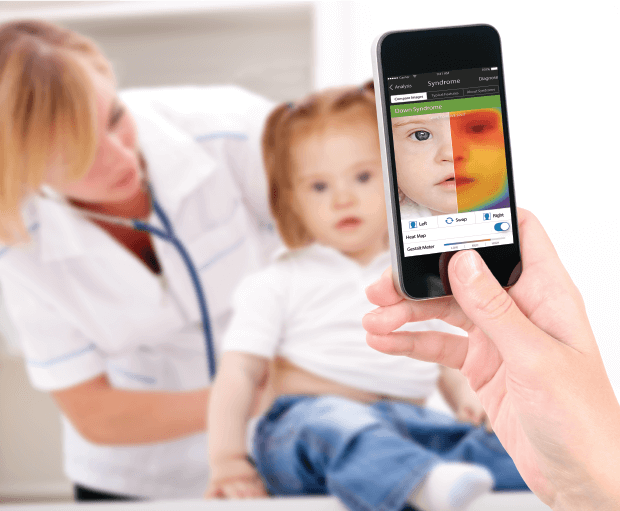Diagnóstico Genético ehlers-danlos síndrome
Diagnóstico genético para Ehlers-Danlos síndrome
¿Qué es Ehlers-Danlos? síndrome?
Es un trastorno del tejido conectivo poco común. Hay varios tipos principales de síndrome, cada uno variando en su gravedad y causa.
Tipo 1 y tipo 2 de EDS clásico / musculocontractural
This is not the most common form of the syndrome. It is slightly more severe than the most common form of this rare disease, as it presents with additional symptoms, including fragile and stretchy skin, and possible heart issues. This form of the syndrome is caused by mutations in the CHSTI4 gene.
Tipo de hipermovilidad de EDS 3
Esta es la forma más común de síndrome, el principal síntomas de los cuales incluyen dolor articular constante y articulaciones muy flexibles o hipermóviles. El gen preciso responsable de este tipo de síndrome aún no se ha identificado.
This is the rarest form of the syndrome. It is also the most severe form. Its symptoms are more severe and include a higher risk of organ rupture and damage, and torn blood vessels. It is caused by mutations in the COL3A1 gene.
The fact that there are three possible forms of the syndrome, each with their own cause and additional symptoms, can make genetic diagnosis for Ehlers Danlos syndrome, difficult in general.
Síntomas
Síntomas de El síndrome generalmente se identifican durante la infancia y pueden incluir cualquiera de los siguientes:
- Retraso en la marcha acompañado de hipermovilidad articular (articulaciones muy flexibles)
- Hematomas y sangrado anormales (hematomas más graves de lo normal, hematomas frecuentes)
- Rotura de vaso inexplicable
- Piel frágil, incluidas cicatrices obvias
- Hiperflexibilidad de las articulaciones, incluido un mayor riesgo de dislocaciones articulares
- Rotura de órganos huecos (en casos más graves)
- Unique Ehlers-Danlos facial features– a thick build, thin lips and a small mouth, clubfoot, low muscle tone.
Diagnóstico genético para Ehlers-Danlos síndrome
Diagnosing Ehlers Danlos syndrome may involve Pruebas genéticas. This will attempt to identify, by analyzing a sample of an individual’s blood, the precise gene mutation responsible for causing the different types of the syndrome.
Sin embargo, como la forma más común de síndrome, Tipo 3, aún no tiene un gen identificado que lo cause y, por lo tanto, no se puede confiar necesariamente en las pruebas genéticas para obtener un resultado y un diagnóstico precisos.
Diagnóstico Genético and testing for Ehlers Danlos syndrome will differ according to the type of syndrome suspected.
EDS Type 1 and 2: genetic testing for these types of the syndrome will generally involve a blood test to identify the CHSTI4 gene responsible for causing it. However it is known that this testing only discovers around 50% of all cases. This means diagnosis rests on the expertise and experience of a geneticist and genetic counselor responsible for the diagnosis process.
EDS Type 3: there is currently no genetic testing available for this form of the condition. This is because the gene mutation is as yet unknown. A diagnosis will rely on an understanding of the symptoms involved, and the physical and medical health of an individual.
EDS Type 6: for this rare form of the syndrome, genetic testing is available in order to identify the COL3A1 gene mutation, which causes it.
diagnóstico erróneo
Genetic diagnosis for Ehlers-Danlos is fraught with challenges. Ehlers-Danlos misdiagnosis is high, with up to 56% of patients being misdiagnosed on their way to an ED diagnosis.
Esto se debe en parte a una continua falta de comprensión de las causas de la síndrome, lo que a su vez crea una situación en la que la mayoría de los tipos de síndrome puede diagnosticarse basándose únicamente en un examen físico. Esto significa diagnóstico genético para los racistas de Ehlers Danlos en la experiencia de los involucrados en hacer el diagnóstico.
Asesoramiento genético
Genetic counseling is an important part of the genetic diagnosis process for all rare diseases. When faced with a possible diagnosis of Ehlers-Danlos syndrome, Asesoramiento genético is important for the following reasons:
- Apoyará emocionalmente a los pacientes con enfermedades raras y a sus familias durante el proceso de prueba.
- It will understand the difficulties involved in diagnosis of this rare disease, including the high rate of misdiagnosis and lack of accuracy. Access to quality and consistent genetic counseling services, helps reduce the rate of misdiagnosis across all rare diseases, and is especially important in the diagnosis of Ehlers-Danlos, where accurate Ehlers-Danlos genetic testing methods are missing.
- Explicará el síntomas de El síndrome, incluidas recomendaciones para la intervención y el tratamiento tempranos, y su comprensión para garantizar un diagnóstico más preciso.
- Ayudará a coordinar el personal médico y los profesionales involucrados en el cuidado a largo plazo de alguien con Ehlers-Danlos. síndrome.
A diagnóstico genético de Ehlers Danlos síndrome cambiará la vida de muchas familias. Recibir un diagnóstico preciso es un primer paso importante para garantizar que la gestión de por vida del síndrome asegura la mejor atención para el individuo diagnosticado.
Cuanto más comprendamos cómo se puede diagnosticar Ehlers Danlos y cómo se puede apoyar a los pacientes con enfermedades raras tanto durante su proceso de diagnóstico como después, mejores serán los resultados de la atención a largo plazo.







